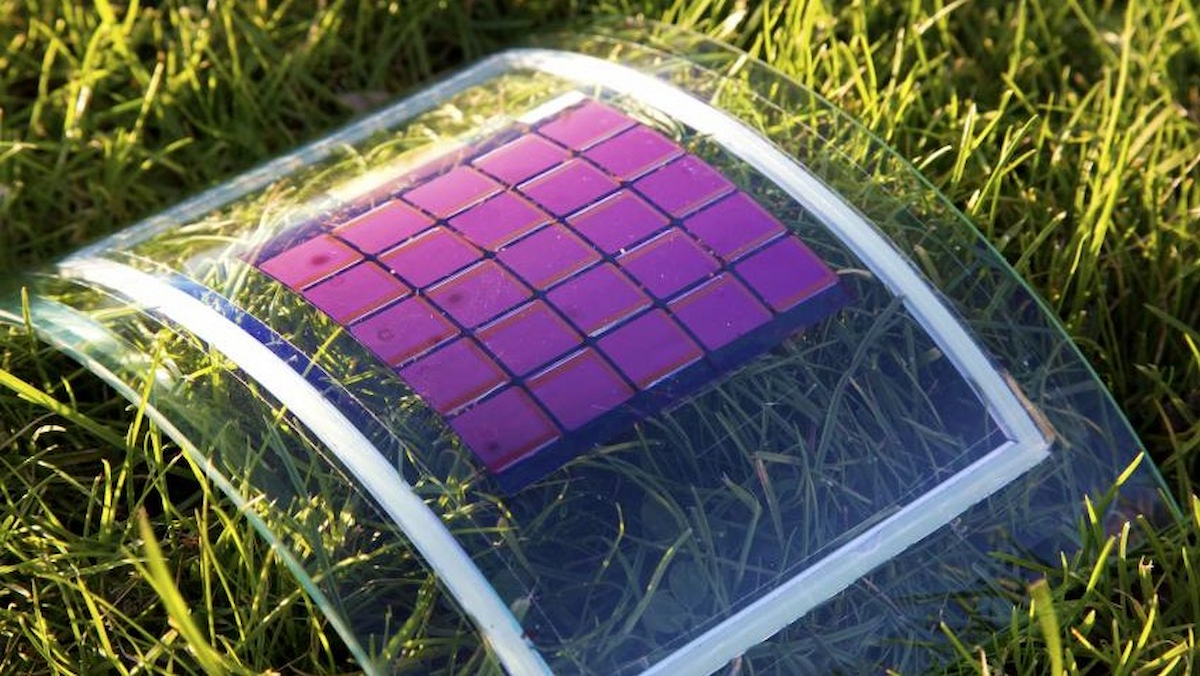Organic solar cells (OSCs), which employ organic polymers to convert sunlight into electricity, have gotten a lot of interest recently because of their potential as next-generation energy sources. Lightweightness, versatility, scalability, and a high-power conversion efficiency (>19%) are among them. There are now various ways available for improving the performance and stability of OSCs. A lingering issue is the difficulty in controlling the morphology of the active layer in OSCs when scaling up to vast areas. This makes it difficult to obtain high-quality active layer thin films and, as a result, fine-tune device efficiency.
A team of academics from the Gwangju Institute of Science and Technology in Korea set out to address this issue in a recent study. They proposed a method that appears illogical at first glance in their paper, which was published in Advanced Functional Materials: employing water treatment to alter the active layer shape. “Water is known to hinder the performance of organic electronic devices because it remains in the ‘trap states’ of the organic material, blocking the charge flow and degrading device performance,” explains Professor Dong-Yu Kim, who led the study. “However, we figured that using water rather than an organic solvent-based active solution as a medium of treatment method would enable necessary physical changes without causing chemical reactions.”
For the active layer, the researchers used the polymers PTB7-Th and PM6 as donor materials and PC61BM, EH-IDTBR, and Y6 as acceptor materials. They discovered that creating a vortex in the active solution to mix the donor and acceptor materials might result in a well-mixed active solution, but this was insufficient on its own. Because the active solution was hydrophobic, the researchers opted to mix it with deionized (DI) water and vortices. They soaked the donor and acceptor materials in chlorobenzene (the host active solution) overnight, then swirled the solution to create small vortices. Because the solution was hydrophobic, the water pushed on the donor and acceptor molecules, forcing them to dissolve more finely into the solution. They then let the solution to settle, causing the water to separate from it. The water-treated active solution was then used to create thin films of PTB7-Th: PC61BM (F, fullerene), PTB7-Th: EH-IDTBR (NF, fullerene), and PM6: Y6 (H-NF, high-efficiency non-fullerene).
The researchers next evaluated the photovoltaic performance of these thin films in a slot-die-coated inverted OSC configuration to that of untreated OSCs.
“We observed that the water-treated active solution resulted in more uniform active layer thin films, which demonstrated higher power conversion efficiencies compared to those not treated with water,” Prof Kim explains. “In addition, we fabricated large-area OSC modules with an active area of 10 cm2, which demonstrated a conversion efficiency as high as 11.92% for water-treated H-NF films.”
Overall, this study provides a framework for building large-scale, efficient OSCs in a relatively simple, cost-effective, and environmentally friendly manner, which can pave the way for their implementation and commercialization.


